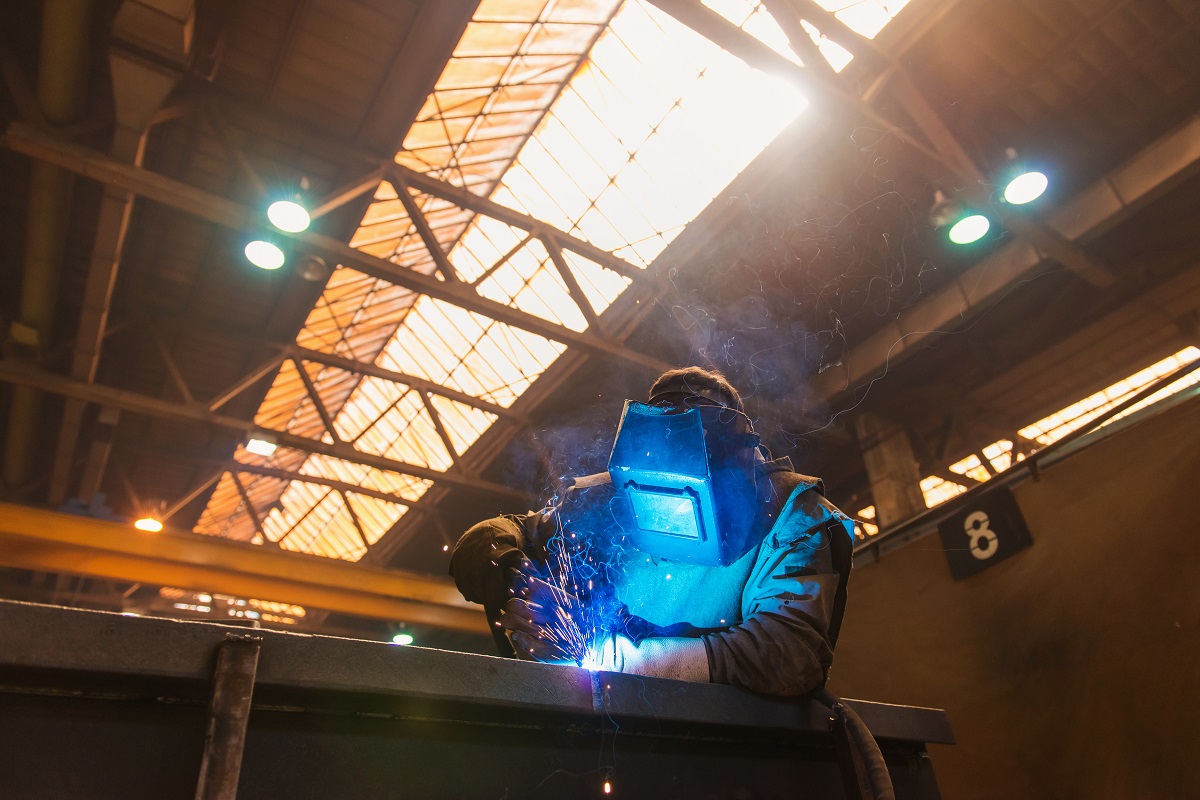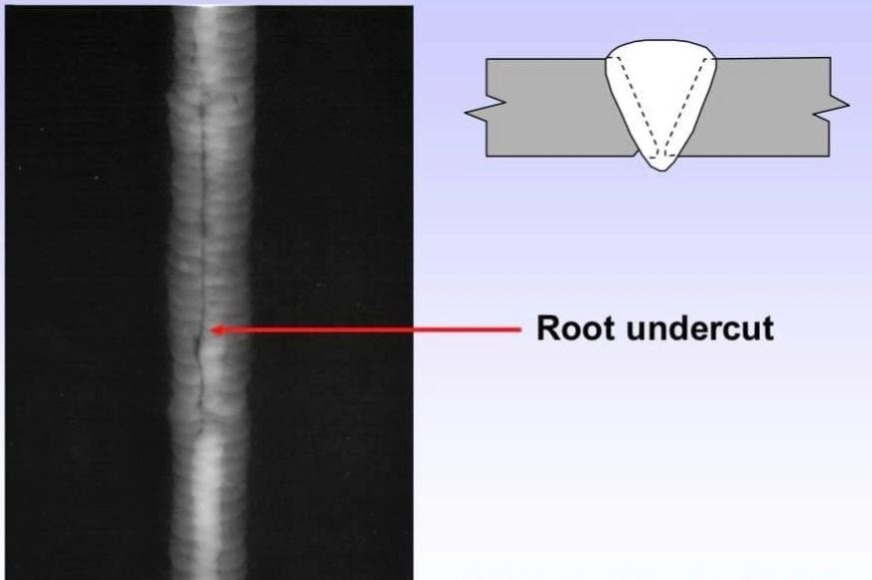Best Overview to Preventing Weld Undercut: Tips and Techniques
Best Overview to Preventing Weld Undercut: Tips and Techniques
Blog Article
Grasping the Art of Welding: How to Prevent Undercut Welding Issues for Flawless Manufacture Outcomes
By understanding the origin triggers of undercut welding and applying effective techniques to prevent it, welders can elevate their craft to brand-new degrees of excellence. In the pursuit of flawless construction results, understanding the art of welding to prevent undercut issues is not simply an ability but a requirement for those aiming for perfection in their work.
Comprehending Undercut Welding

To prevent undercut welding, welders ought to guarantee appropriate welding criteria, such as readjusting the present, voltage, travel speed, and preserving the appropriate electrode angle. By comprehending the reasons of undercut welding and executing preventative steps, welders can attain top notch, structurally audio welds.
Sources Of Undercut in Welding
Recognizing the factors that add to undercut in welding is crucial for welders to create high-grade, structurally sound welds. When the weld metal does not effectively fill up the groove developed in between the base steel and the formerly transferred weld steel, damaging takes place. Numerous elements can result in damage in welding. One typical reason is extreme heat input. Welding at heats for prolonged durations can result in the base steel melting even more than preferred, leading to undercut. Insufficient welding existing or incorrect welding speed can likewise add to damage. Inadequate current may not provide adequate heat to thaw the base and filler steels appropriately, while too much rate can stop correct fusion, triggering undercut. In addition, inappropriate electrode angles or wrong lantern control strategies can produce locations of reduced weld metal deposition, advertising undercut. Recognizing these causes and carrying out appropriate welding techniques can assist protect against undercutting issues, guaranteeing durable and strong welds.
Methods to avoid Undercutting

To minimize the danger of undercutting in welding, welders can employ tactical welding techniques aimed at improving the quality and honesty of the weld joints. One effective technique is to readjust the welding parameters, such as voltage, current, and travel speed, to ensure appropriate heat input and deposition. Maintaining a suitable electrode angle and making certain regular traveling speed can also aid avoid undercut. Additionally, utilizing the right welding method for the specific joint arrangement, such as weave or stringer grains, can add to decreasing undercutting. Preventing weld undercut.
Using back-step welding techniques and managing the weld bead profile can also aid distribute warmth evenly and lessen the threat of undercut. Regular assessment of the weld joint during and after welding, as well as applying top quality guarantee actions, can aid in dealing with and finding damaging issues immediately.
Value of Appropriate Welding Specifications
Picking and keeping appropriate welding specifications is crucial for attaining successful welds with minimal defects. Welding specifications describe variables such as voltage, existing, travel rate, electrode angle, and shielding gas circulation price that straight impact the welding process. These parameters should be carefully adjusted based upon the Visit Your URL kind of product being welded, its thickness, and the welding technique utilized.
Proper welding criteria guarantee the correct amount of warm is put on melt the base steels and filler product uniformly. If the parameters are set as well high, it can cause excessive warmth input, creating burn-through, spatter, or distortion. On the other hand, if the parameters are too low, insufficient combination, lack of infiltration, or undercutting might happen.
Top Quality Assurance in Welding Operations

Conclusion
To conclude, mastering the art of welding requires a thorough understanding of undercut welding, its causes, and techniques to stop it. By guaranteeing correct welding specifications and applying quality control techniques, flawless manufacture outcomes can be achieved. It is vital for welders to regularly pursue excellence in their welding operations to avoid undercut problems and generate top notch welds.
Undercut welding, a common his response problem in welding procedures, happens when the weld metal doesn't appropriately load the groove and leaves a groove or clinical depression along the welded joint.To protect against undercut welding, welders must make certain proper welding specifications, such as adjusting the present, voltage, travel speed, and keeping the appropriate electrode angle. Inadequate welding present or wrong welding speed can additionally contribute to damage.To reduce the threat of damaging in welding, welders can use calculated welding strategies aimed at enhancing the high quality and integrity of the weld joints.In conclusion, understanding the art of welding needs a complete understanding of undercut welding, its reasons, and strategies to stop it.
Report this page